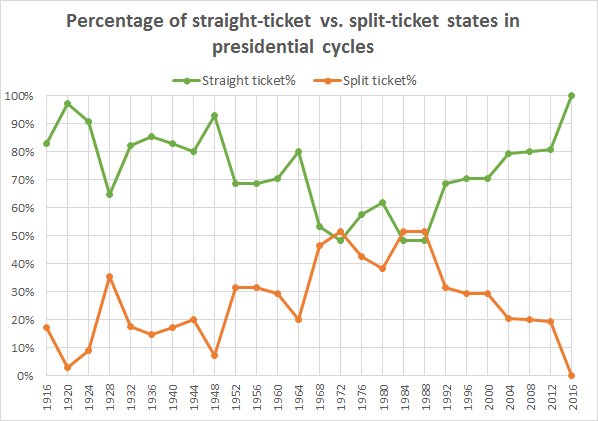This is from History.com and it touches on points I like to make in class about the interrelationship between business and the national government in the expansion of the nation, as well as the expansion of the authority of the national government. The setting of time seems to have been primarily a local matter until technological change (faster transportation) made it necessary for localities to yield this power.
Railroad companies instigated the change, which were then adopted by many state legislatures. It would later be made legal by the national government - most likely under the constitutional authority of the interstate commerce clause, though I've yet to see that stated clearly anywhere. As you'll see below, the power to oversee was given to the Interstate Commerce Commission. That's a give away.
-
Click here for the article.
The need for continental time zones stemmed directly from the problems of moving passengers and freight over the thousands of miles of rail line that covered North America by the 1880s. Since human beings had first begun keeping track of time, they set their clocks to the local movement of the sun. Even as late as the 1880s, most towns in the U.S. had their own local time, generally based on “high noon,” or the time when the sun was at its highest point in the sky. As railroads began to shrink the travel time between cities from days or months to mere hours, however, these local times became a scheduling nightmare. Railroad timetables in major cities listed dozens of different arrival and departure times for the same train, each linked to a different local time zone.
Efficient rail transportation demanded a more uniform time-keeping system. Rather than turning to the federal governments of the United States and Canada to create a North American system of time zones, the powerful railroad companies took it upon themselves to create a new time code system. The companies agreed to divide the continent into four time zones; the dividing lines adopted were very close to the ones we still use today.
Most Americans and Canadians quickly embraced their new time zones, since railroads were often their lifeblood and main link with the rest of the world. However, it was not until 1918 that Congress officially adopted the railroad time zones and put them under the supervision of the Interstate Commerce Commission.
The law referenced above was the
Standard Time Act of 1918, which was passed during the
65th Session of Congress after being introduced by Senator
William Calder, a Republican from New York. This was the Congress responsible for declaring war on Germany. Not surprisingly the bulk of the laws passed by Congress were related to WWI. The creation of a uniform time system - along with the more controversial daylight saving provision, was considered key to the wear effort. The uniformity was far less controversial that the daylight savings component.
The 65th Congress also passed the Child Labor Act of 1919, which would be found unconstitutional in the case of
Bailey v. Drexel Furniture. The law placed an excise tax on the profits of companies that employed children. The Supreme Court ruled the tax was really a penalty, which was unconstitutional. The court has since argued that this process is in fact constitutional. Time zones in the United States are currently regulated by the system put in place by the
Uniform Time Act, which was passed in 1966 by the
89th Congress.
For a look at the language in the U.S. Code that relate to time zones, click here:
- 15 U.S. Code Sec. 261:
Zones for standard time; interstate or foreign commerce.
For more on the Interstate Commerce Commission, which originally implemented the law, click here:
- Wikipedia:
Interstate Commerce Commission.
The ICC was the first
independent agency established by Congress. It exists outside the tradition executive departments, which gives it greater autonomy from the president. The ICC's jurisdiction expanded considerably over its history. It began with regulating railroads and would eventually also regulate trucking, telephone, telegraph, and wireless companies. It was commonly argued to have been captured by the railroad companies, meaning that its regulations served to enhance - not limit - the power of railroads.
It is one of the few executive agencies that have ever been terminated. This was done in the ICC Termination Act of 1995 which was passed by the
104th Congress (the Contract With American Congress) and signed by President Clinton. Its functions were shifted to the newly created
Surface Transportation Board, an agency within the
Department of Transportation. This includes the implementation of policies related to time zones. For detail on the purpose of the shift, click here to read President Clinton's Statement on
Signing the ICC Termination Act of 1995.



